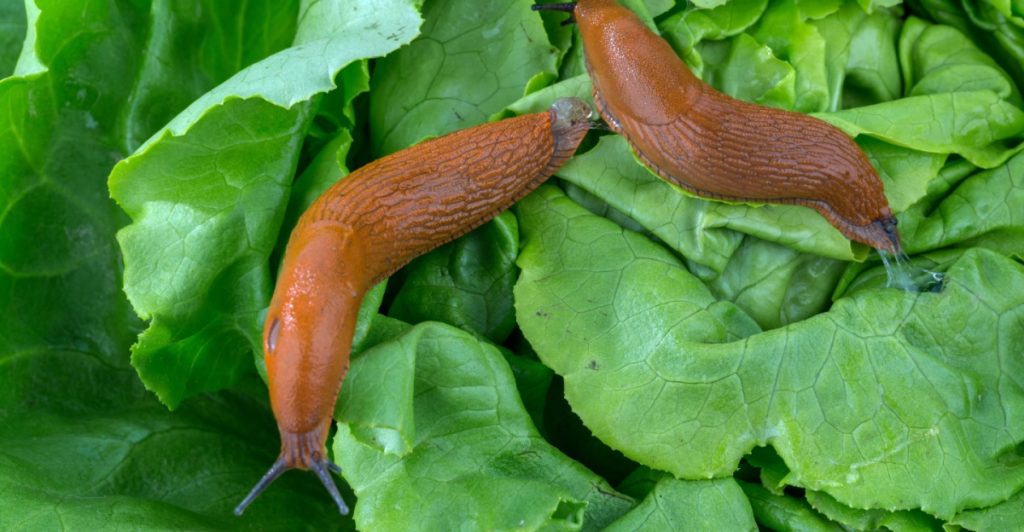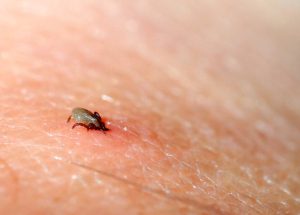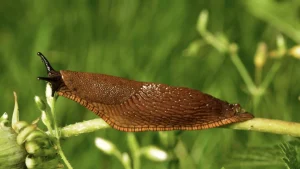Tired of slimy slugs ruining your garden? Get ahead of the problem this spring with one smart move.
Others are reading now
Start early and keep your garden slug-free all summer.
A few simple steps in spring can protect your plants from the destructive Spanish slug.
The Slug Problem Starts Earlier Than You Think
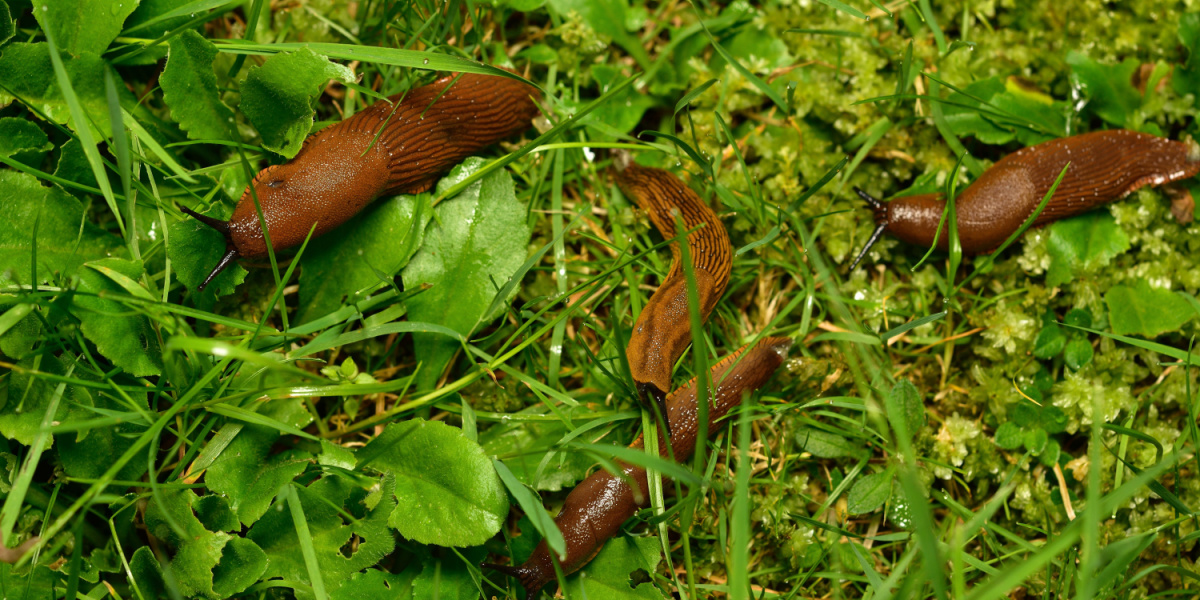
Even though slug damage peaks in summer, the real problem begins in April and May.
That’s when the first slugs and their eggs start to emerge – and that’s your chance to act.
Also read
Catch Them Before They Multiply
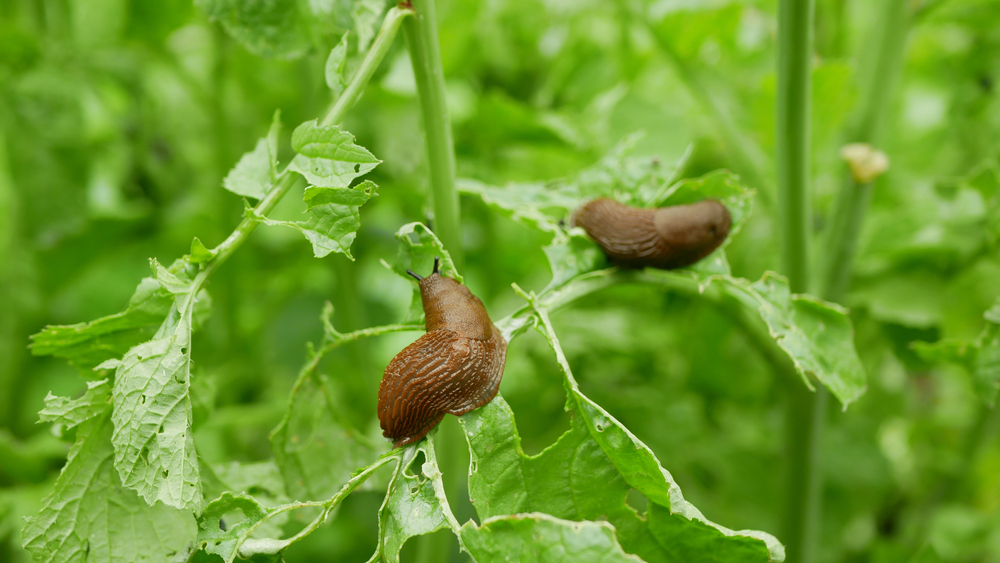
Just one slug can lay up to 400 eggs. If you take them out early in the season, you can stop a full-blown invasion before it begins.
Make Your Own Slug Traps
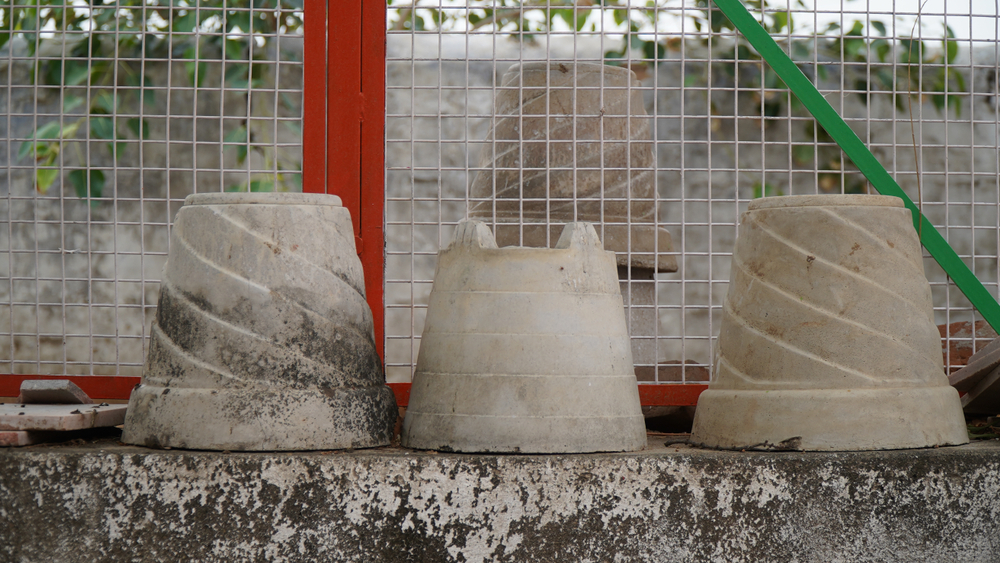
Use damp wooden boards, newspapers, old rugs, or upside-down flower pots in your garden.
Slugs love dark, moist hiding spots – check your traps in the morning and remove any slugs you find.
How to Get Rid of the Slugs

Check traps daily. Kill slugs by pouring boiling water over them or freezing them. If you prefer a gentler method, relocate them far from your garden.
Tidy Up Your Garden – Remove Hiding Spots
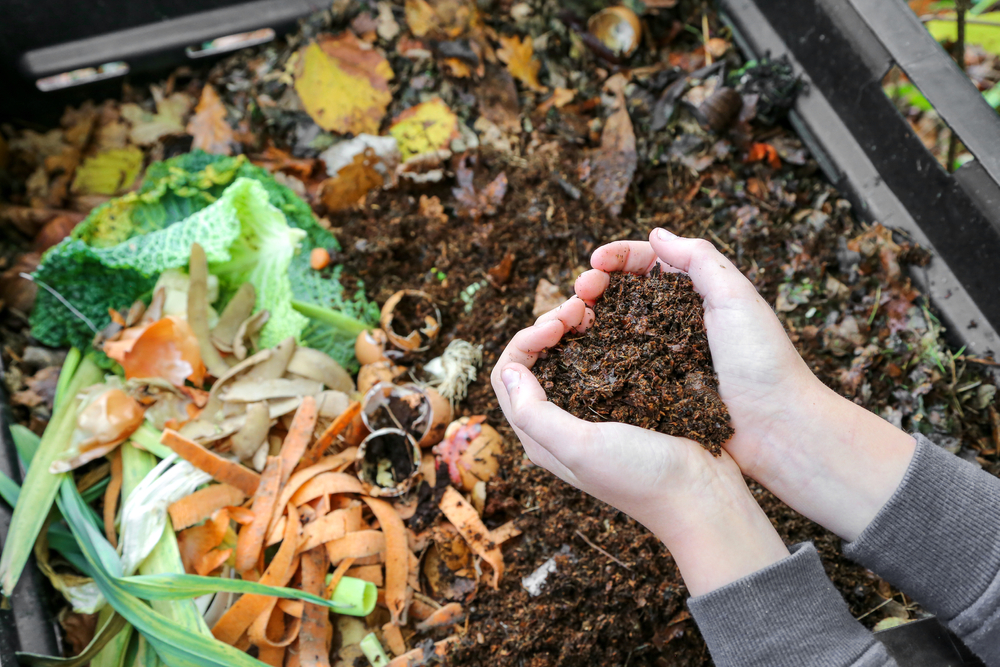
Slugs thrive in clutter.
Clear away dead leaves, old plant stems, pots, and anything else that offers cover and moisture.
Be extra thorough with the compost pile – it’s a slug hotspot.
Protect Plants with Natural Barriers
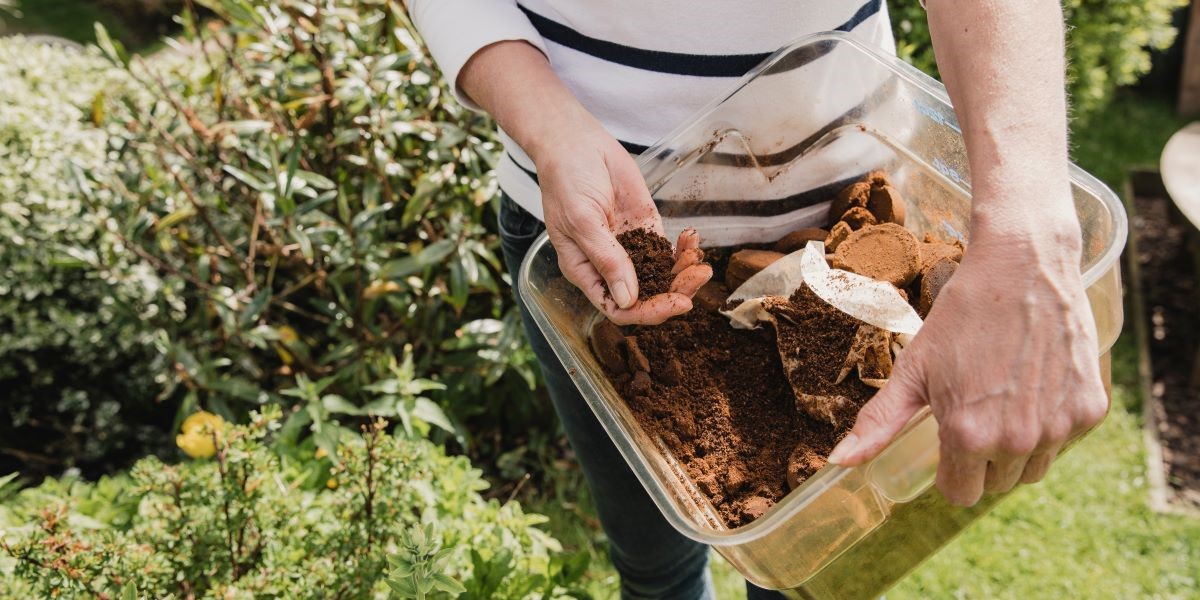
Surround plants with coffee grounds, crushed eggshells, sand, or gravel.
These rough materials make it hard and unpleasant for slugs to crawl across.
Be Smart with Beer Traps
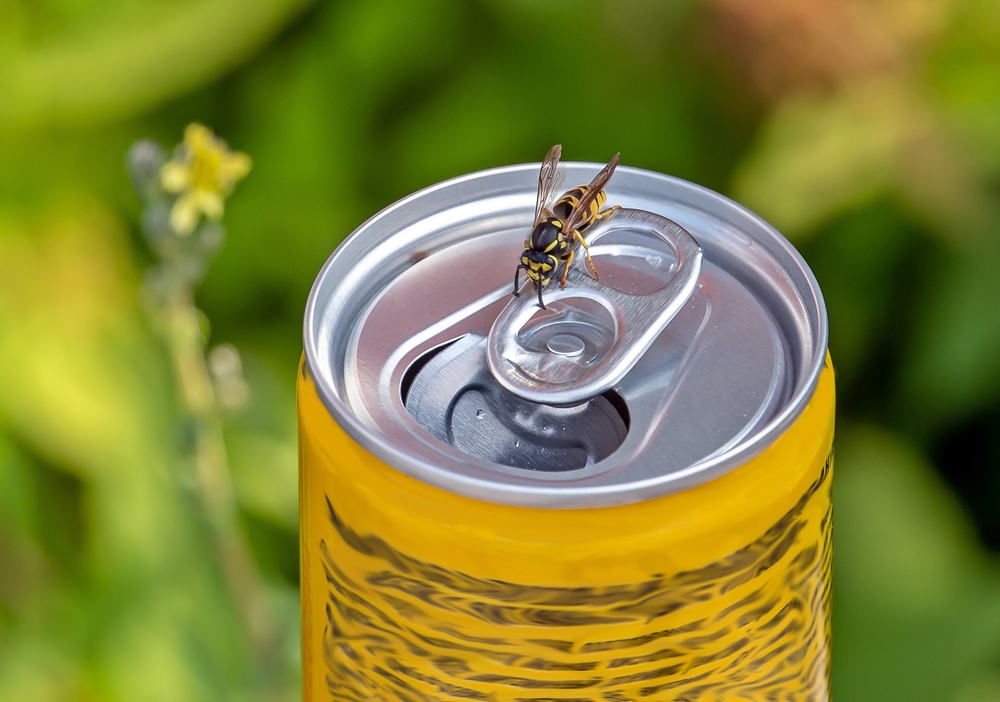
Beer traps attract slugs – sometimes from your neighbor’s yard too.
If you use them, place them at the edges of your garden to avoid drawing more in than you remove.
Early Action = Slug-Free Summer
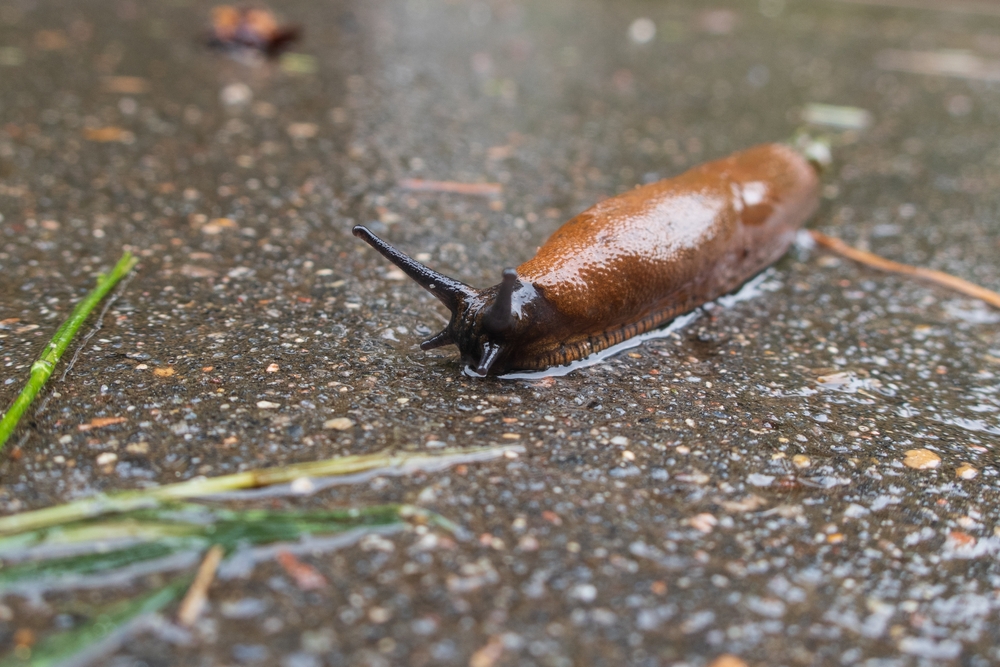
April and May are key months.
The earlier you start, the better your chances.
Fighting off a handful of slugs now is way easier than dealing with hundreds in July.
Get Started Now – Your Garden Will Thank You

Grab your gloves, set the traps, and stay alert.
A little effort in spring can save your plants – and your patience – all summer long.

